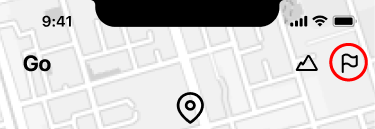Background
During the pandemic, people's negative outlook stemmed from the unwillingness or inability to interact actively with people. To alter the situation, we set our aim for the project to positively impact society by utilizing social media and inspiring content creation. Photography plays a significant role in sharing content on social media platforms like Instagram, which drove our central concept of the design.
As 1 of the 5 designers on this project, I focused on the overall user experience, visual design, and interaction design.
Below are key achievements for this project:
1) Time efficiency by creating a mini design system. Due to the time constraint, we needed to find a method to create prototypes for testing and final presentation timely. I constructed a mini design system in Figma that consisted of low and high-fidelity components to share with the rest of my team to utilize.
2) Built a replica of Instagram to gather accurate insights. For our user tests to gather insightful data, I opted to replicate the live Instagram user interface.
3) Collaboration with team members from different backgrounds. By working in a team of professionals from the graphic design, marketing, and content writing industries, our team dynamic promoted an efficient workflow and growth from learning amongst peers. Instagram GO is an extension of Instagram that, at its core, builds communities and connects users while motivating them to push their creativity to the next level.As a team of 5 designers in a UX boot camp, we designed an extension for Instagram because of its extensive user base and photographic nature to utilize as a solid foundation to direct our concept to motivate users to be creative and active.















